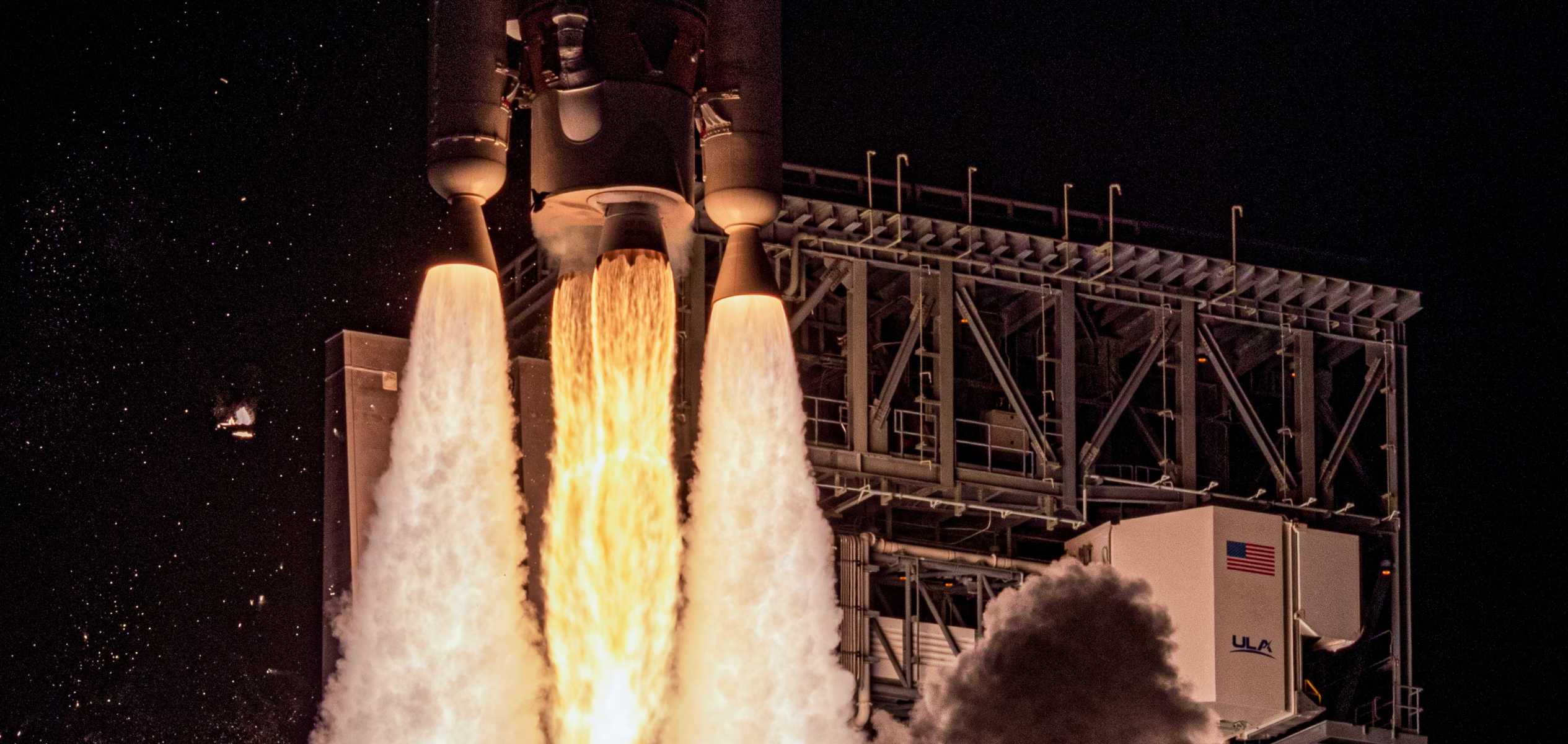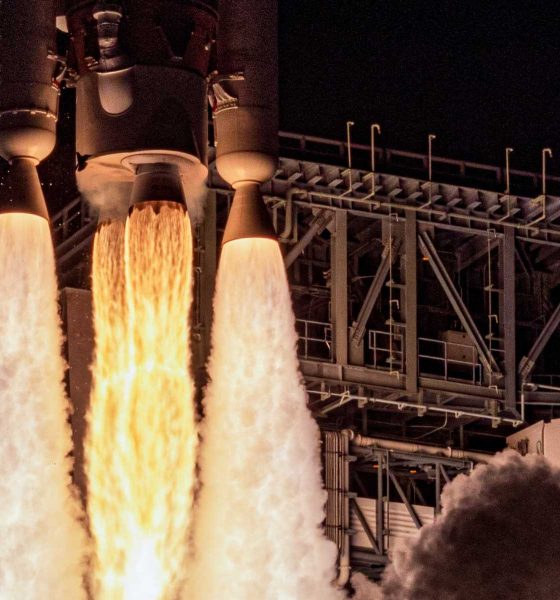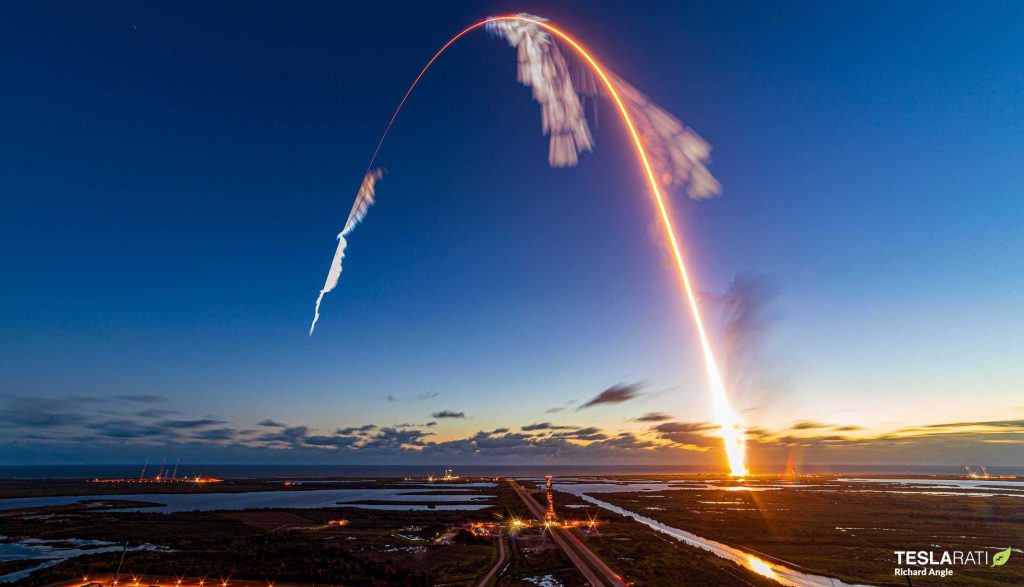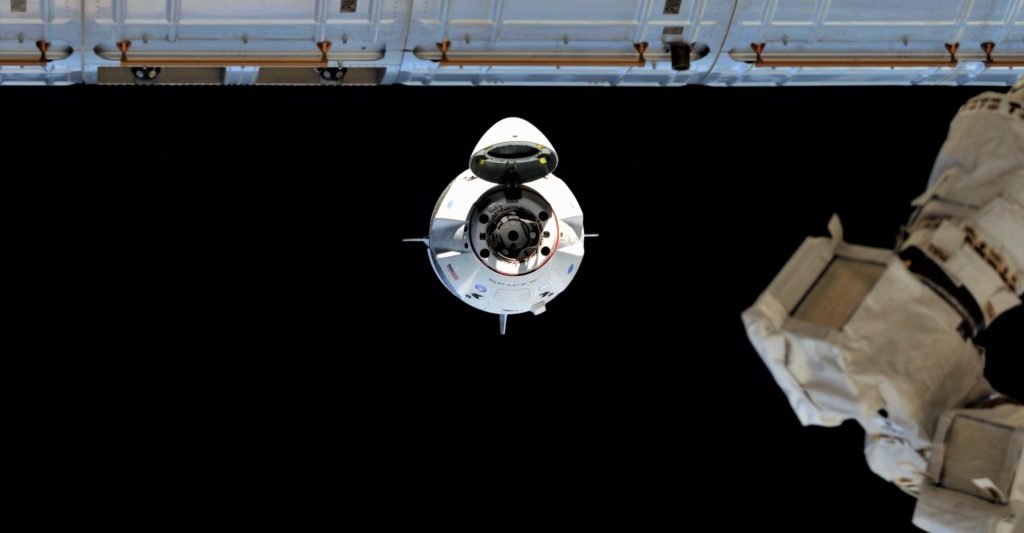

News
Boeing's astronaut capsule flies off course, fate uncertain after launch debut
Roughly 30 minutes after lifting off for the first time on a United Launch Alliance (ULA) Atlas V rocket, Boeing’s Starliner crew capsule suffered a major failure when it attempted to raise its orbit with onboard engines.
A few hours after the failure came to light, NASA and Boeing held a press conference to update members of the media on the situation, with the space agency offering some candid – if a bit odd – insight into Starliner’s anomalous launch debut. Before the spacecraft’s software threw a wrench into the gears, the plan was for Starliner to separate from ULA’s Atlas V Centaur upper stage and use its own thrusters to reach orbit and begin the trek up Earth’s gravity well to the International Space Station (ISS).
While it will likely take weeks or even months for Boeing and NASA to determine exactly what went wrong during the mission, preliminary information has already begun to paint a fairly detailed picture.
Around 15 minutes after liftoff, Starliner separated from the rocket as intended but it appears that things began to go awry almost immediately afterward. Most notably, according to NASA administrator Jim Bridenstine’s tweets and later comments, a very early look at the telemetry suggests that Starliner’s internal clock was somehow tricked into believing that the time was either earlier or later than it actually was.
Thinking that it was in the midst of a lengthy thruster firing meant to raise its orbit and send the spacecraft on its way to the space station, Starliner was thus focused on ensuring that it was pointed as accurately as possible. Although the space station is the size of a football field, in the vastness of space, rendezvousing with it is a bit like threading a needle. While firing thrusters to do so, spacecraft thus need to point themselves as accurately as possible.
While coasting before or after one of those orbit-boosting thruster firings, Starliner thought it was actually burning towards the space station and was thus very carefully controlling its orientation with a dozen or so smaller thrusters. In short, those unintentional thruster firings burned through a ton of Starliner’s limited propellant supply – enough to make it impossible (or nearly so) for the spacecraft to rendezvous and dock the ISS, a central purpose of this particular launch.

This ultimately means that Starliner is leaning heavily on the “test” aspect of this Orbital Flight Test (OFT), uncovering failure modes and bugs that Boeing was clearly unable to tease out with ground testing and simulation. While in a totally different ballpark, SpaceX similar Crew Dragon spacecraft suffered its own major failure earlier this year, although that capsule explosion occurred during intentional ground testing, whereas Starliner’s software failed during its high-profile launch debut and has severely curtailed the scope of the spacecraft’s first orbital flight test.
In fact, Bridenstine was unable to rule out the possibility that Boeing will have to attempt a second uncrewed orbital flight test (OFT) before Starliner will be qualified to launch the space agency’s astronauts. Although early signs suggest that Boeing will still be able to attempt to deorbit and recover the spacecraft a day or two from now, the fact that Starliner will not be able to perform critical demonstrations of its ISS rendezvous and docking capabilities will make it far harder for NASA to rationally certify the spacecraft for astronaut launches.

SpaceX’s Crew Dragon, for reference, completed a more or less flawless launch, orbit raise, and rendezvous before docking with the ISS. It’s almost impossible to imagine NASA giving SpaceX permission to proceed immediately into its first astronaut launch if Crew Dragon had failed to reach the proper orbit or dock with the space station.
Regardless, it’s far too early to tell whether Boeing will have to repeat Starliner’s OFT. If Starliner performs absolutely perfectly between now and its planned soft-landing in New Mexico, there might be a chance that NASA will still allow Boeing to effectively cut corners to its astronaut launch debut, but only time will tell.
Check out Teslarati’s Marketplace! We offer Tesla accessories, including for the Tesla Cybertruck and Tesla Model 3.

News
Tesla FSD fleet is nearing 7 billion total miles, including 2.5 billion city miles
As can be seen on Tesla’s official FSD webpage, vehicles equipped with the system have now navigated over 6.99 billion miles.

Tesla’s Full Self-Driving (Supervised) fleet is closing in on almost 7 billion total miles driven, as per data posted by the company on its official FSD webpage.
These figures hint at the massive scale of data fueling Tesla’s rapid FSD improvements, which have been quite notable as of late.
FSD mileage milestones
As can be seen on Tesla’s official FSD webpage, vehicles equipped with the system have now navigated over 6.99 billion miles. Tesla owner and avid FSD tester Whole Mars Catalog also shared a screenshot indicating that from the nearly 7 billion miles traveled by the FSD fleet, more than 2.5 billion miles were driven inside cities.
City miles are particularly valuable for complex urban scenarios like unprotected turns, pedestrian interactions, and traffic lights. This is also the difference-maker for FSD, as only complex solutions, such as Waymo’s self-driving taxis, operate similarly on inner-city streets. And even then, incidents such as the San Francisco blackouts have proven challenging for sensor-rich vehicles like Waymos.
Tesla’s data edge
Tesla has a number of advantages in the autonomous vehicle sector, one of which is the size of its fleet and the number of vehicles training FSD on real-world roads. Tesla’s nearly 7 billion FSD miles then allow the company to roll out updates that make its vehicles behave like they are being driven by experienced drivers, even if they are operating on their own.
So notable are Tesla’s improvements to FSD that NVIDIA Director of Robotics Jim Fan, after experiencing FSD v14, noted that the system is the first AI that passes what he described as a “Physical Turing Test.”
“Despite knowing exactly how robot learning works, I still find it magical watching the steering wheel turn by itself. First it feels surreal, next it becomes routine. Then, like the smartphone, taking it away actively hurts. This is how humanity gets rewired and glued to god-like technologies,” Fan wrote in a post on X.
News
Tesla starts showing how FSD will change lives in Europe
Local officials tested the system on narrow country roads and were impressed by FSD’s smooth, human-like driving, with some calling the service a game-changer for everyday life in areas that are far from urban centers.

Tesla has launched Europe’s first public shuttle service using Full Self-Driving (Supervised) in the rural Eifelkreis Bitburg-Prüm region of Germany, demonstrating how the technology can restore independence and mobility for people who struggle with limited transport options.
Local officials tested the system on narrow country roads and were impressed by FSD’s smooth, human-like driving, with some calling the service a game-changer for everyday life in areas that are far from urban centers.
Officials see real impact on rural residents
Arzfeld Mayor Johannes Kuhl and District Administrator Andreas Kruppert personally tested the Tesla shuttle service. This allowed them to see just how well FSD navigated winding lanes and rural roads confidently. Kruppert said, “Autonomous driving sounds like science fiction to many, but we simply see here that it works totally well in rural regions too.” Kuhl, for his part, also noted that FSD “feels like a very experienced driver.”
The pilot complements the area’s “Citizen Bus” program, which provides on-demand rides for elderly residents who can no longer drive themselves. Tesla Europe shared a video of a demonstration of the service, highlighting how FSD gives people their freedom back, even in places where public transport is not as prevalent.
What the Ministry for Economic Affairs and Transport says
Rhineland-Palatinate’s Minister Daniela Schmitt supported the project, praising the collaboration that made this “first of its kind in Europe” possible. As per the ministry, the rural rollout for the service shows FSD’s potential beyond major cities, and it delivers tangible benefits like grocery runs, doctor visits, and social connections for isolated residents.
“Reliable and flexible mobility is especially vital in rural areas. With the launch of a shuttle service using self-driving vehicles (FSD supervised) by Tesla in the Eifelkreis Bitburg-Prüm, an innovative pilot project is now getting underway that complements local community bus services. It is the first project of its kind in Europe.
“The result is a real gain for rural mobility: greater accessibility, more flexibility and tangible benefits for everyday life. A strong signal for innovation, cooperation and future-oriented mobility beyond urban centers,” the ministry wrote in a LinkedIn post.
News
Tesla China quietly posts Robotaxi-related job listing
Tesla China is currently seeking a Low Voltage Electrical Engineer to work on circuit board design for the company’s autonomous vehicles.

Tesla has posted a new job listing in Shanghai explicitly tied to its Robotaxi program, fueling speculation that the company is preparing to launch its dedicated autonomous ride-hailing service in China.
As noted in the listing, Tesla China is currently seeking a Low Voltage Electrical Engineer to work on circuit board design for the company’s autonomous vehicles.
Robotaxi-specific role
The listing, which was shared on social media platform X by industry watcher @tslaming, suggested that Tesla China is looking to fill the role urgently. The job listing itself specifically mentions that the person hired for the role will be working on the Low Voltage Hardware team, which would design the circuit boards that would serve as the nervous system of the Robotaxi.
Key tasks for the role, as indicated in the job listing, include collaboration with PCB layout, firmware, mechanical, program management, and validation teams, among other responsibilities. The role is based in Shanghai.
China Robotaxi launch
China represents a massive potential market for robotaxis, with its dense urban centers and supportive policies in select cities. Tesla has limited permission to roll out FSD in the country, though despite this, its vehicles have been hailed as among the best in the market when it comes to autonomous features. So far, at least, it appears that China supports Tesla’s FSD and Robotaxi rollout.
This was hinted at in November, when Tesla brought the Cybercab to the 8th China International Import Expo (CIIE) in Shanghai, marking the first time that the autonomous two-seater was brought to the Asia-Pacific region. The vehicle, despite not having a release date in China, received a significant amount of interest among the event’s attendees.








